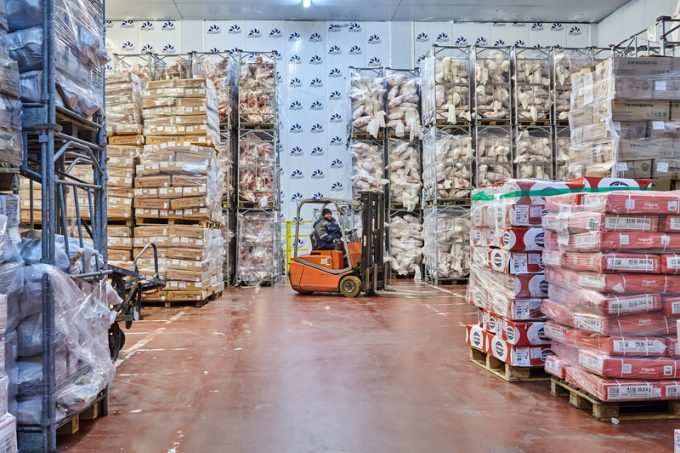Flexible airfreight must find balanced traffic flows to keep networks in tact
The flexibility of airfreight is both a blessing and a curse for shippers: it can ...

Yesterday Lineage Logistics broke ground on the expansion of a cold storage facility in Calgary. This will boost capacity by 30%, bringing the facility up to 200,000 sq ft with over 24,000 pallet positions.
The company, one of the leading real-estate investment trusts (REITS) in the temperature-controlled industrial sector, is on a roll this month. On 14 November it opened a 315,000 sq ft facility near the Jacintoport Terminal at the port of Houston. The company’s sixth location in the Greater ...
'Disastrous' DSV-Schenker merger would 'disrupt European haulage market'
New senior management for DSV as it readies for DB Schenker takeover
Volumes set to 'fall off a cliff' as US firms hit the brakes on sourcing and bookings
Asian exporters scramble for ships and boxes to beat 90-day tariff pause
Temporary tariff relief brings on early transpacific peak season
Amazon pushes into LTL for small package fulfilment and UPS does a u-turn
Pre-tariff rush of goods from US to China sees air rates soar, but not for long
De minimis-induced ecommerce demand slump could cripple freighter operators

Comment on this article